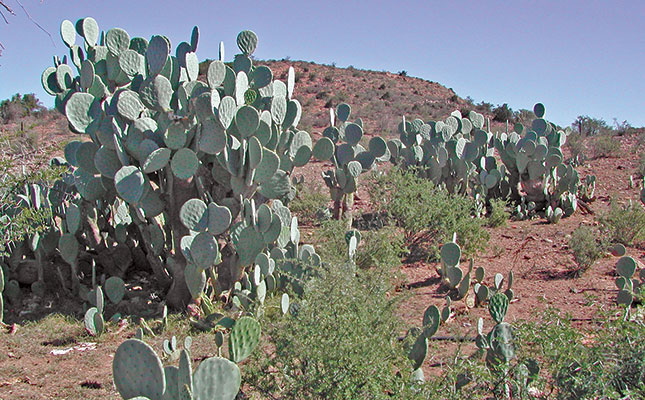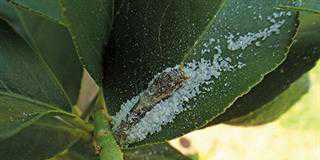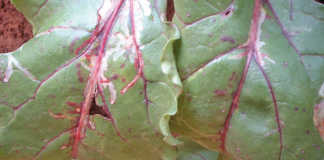
Photo: FW Archive
The cactus pear is an easy-to-grow, drought-resistant plant that supplies good fodder as well as water. In fact, sheep can survive on nothing but cactus pear cladodes (leaves) for months, without drinking water!
Yet the value of this useful plant has seldom been recognised by commercial farmers. During drought or in winter, you can feed animals on cactus pear at little cost. A big cow needs only 14kg of cactus a day, as long as it’s supplemented with dry hay (for saliva), and a bit of protein.
How to plant and grow cactus
To maintain a flock of 25 sheep, you’ll need about 100kg of cactus a day, supplemented with dry hay. Plant the cactuses 80cm apart in rows 80cm apart; this will give you 4 000 plants per hectare.
A dense stand of cactus pear can produce 400t/ ha of feed per year under ideal conditions. Even if you produce only 250t/ha, that’s still much better than sugar cane, the next-highest producer, which produces 100t/ha of feed.
In dry areas, even without irrigation and fertilisers, cactus pear can yield five times more dry feed than natural veld. In areas of better rainfall, yield can vary from 2t to 10t of dry feed per hectare per year if harvested every two to three years. The yield will increase if you get rid of weeds.
And if you’re farming in a dry area (250mm/year or less), you’ll get better results with contour planting – planting your crop in rows across the slope – as this helps to reduce rainfall run-off. Cochineal insects, which often attack cactus pear, can be killed with the insecticide Cypermetrine.
Need for protein
Although it’s an excellent feed, cactus pear lacks protein, which your animals need. So add the protein as a supplement. Add 8% protein to the feed – if you have 500kg of dry cactus feed, you should add 40kg of crude protein. As a guide, a sheep weighing 35kg needs about 50g of crude protein per day.
You can also increase the natural protein content of cactus pear by supplying nitrogen to the growing plant. This can be given as part of a fertiliser: a good mixture is one-third bonemeal, one-third common salt and one-third urea. If you’re using cactus fodder, remember that it shouldn’t comprise more than about 60% of your animals’ daily feed, and the rest should be hay or straw.
There are exceptions, though. Milk goats should be fed only 20% cactus and 80% lucerne hay. Dairy cows, on the other hand, can be given 70% cactus and 30% lucerne with a phosphate lick. Too much cactus in the diet can cause digestive problems, resulting in watery dung.
To treat this, simply add more hay and, if necessary, 3% food lime to the feed and drinking water until the animals are better. The easiest way to feed cactus is by direct grazing, but take care your animals don’t destroy the plants.
Useful tips
- To make good quality silage, wait until the cladodes are bearing fruit, then cut them up and mix them with oat straw, lucerne or any other dry roughage in an 85% cactus to 15% roughage ratio. If the cladodes are not bearing fruit, add about 5% molasses meal to get the same effect.
- It’s always a good idea to chop up the cactus and place it directly in the trough. This prevents wastage. Dairy cows, in particular, need chopped-up cactus, because they produce a lot of milk every day and need easily digestible food.
- Chopped-up cactus can be dried on any suitable surface and then milled. Dried cactus meal and maize meal have the same feeding value. A supply of cactus meal can be stored for use during droughts or for supplementing fresh cactus leaves.
- Cactus kraal manure makes good organic fertiliser.
Note: The thornless cactus pear should not be confused with the prickly pear, which is an invasive alien plant.













